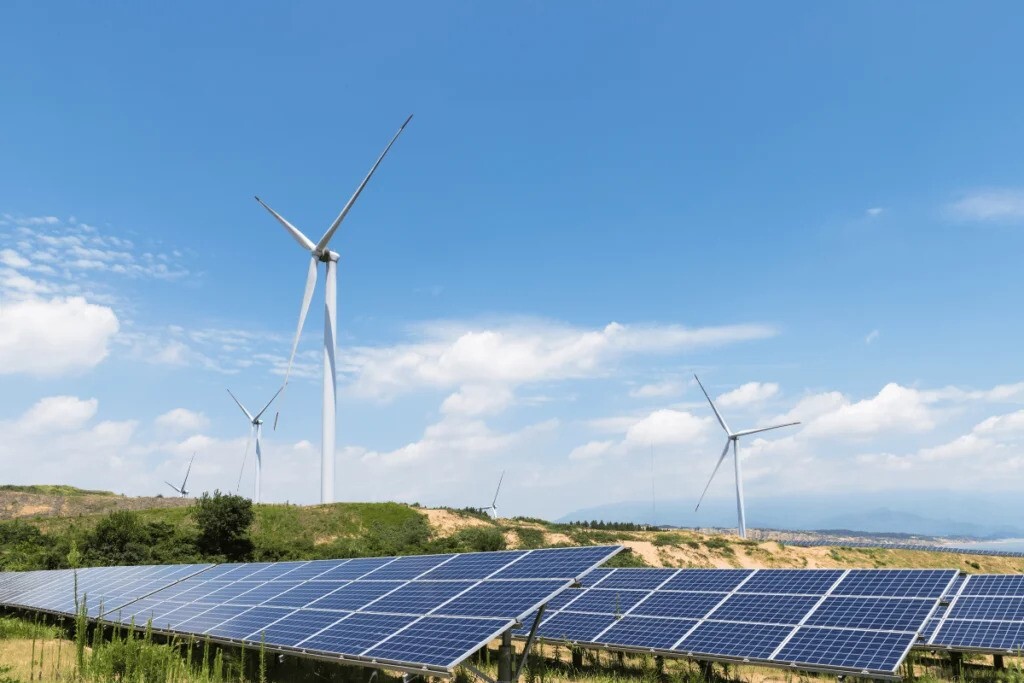

India has crossed an ambitious milestone by achieving 50 per cent of its entire installed energy capacity from renewable sources — five years ahead of its 2030 target for renewable energy under the Paris Agreement. This announcement and massive leap forward, confirmed by the Ministry of New and Renewable Energy, highlight India's increasing energy independence and increasing technological expertise in renewables.

Image source: Hydropolis
Union Minister for New and Renewable Energy Pralhad Joshi commented on a social media platform: "India’s total installed energy capacity stands at 484.8 GW, of which 242.8 GW comes from non-fossil clean energy sources."
Solar’s dominant rise and aluminium solar panels
Solar energy has taken centre stage in India's green transition, contributing almost half a share of India's renewable energy pie. As of May 2025, India has 111 GW of installed solar capacity, 51 GW of installed wind capacity, and 48 GW of installed hydro capacity. One of the many things driving the growth of solar energy deployment is the use of new and environmentally sustainable materials. These materials include lightweight aluminium solar panels that enhance infrastructural efficiency and reduce costs. It also enables rapid project scaling across diverse terrains.
Responses








